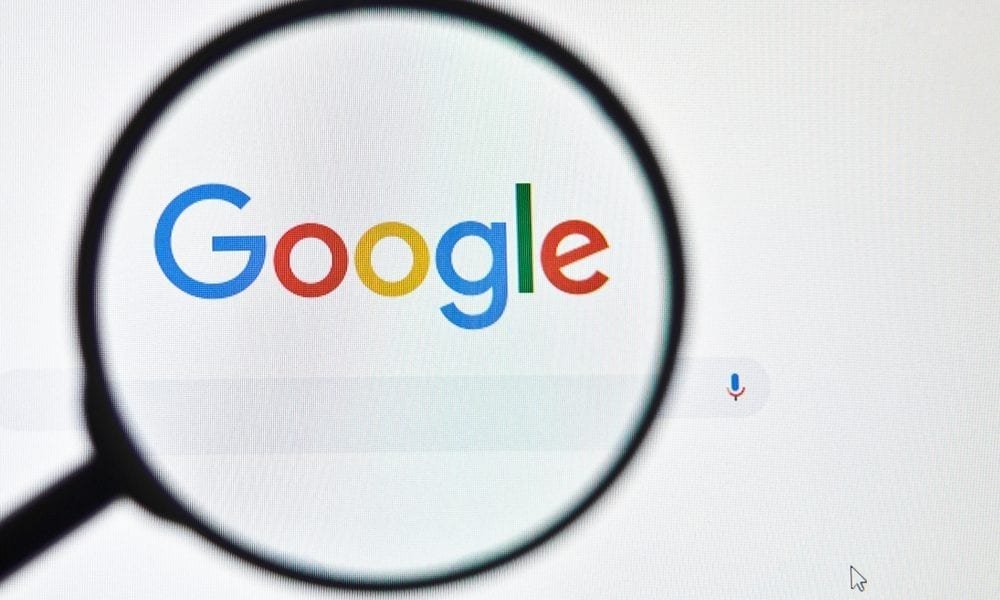Main Highlights:
- According to a recent study conducted by tradingplatforms.com, today’s Google Play Store includes around one million fewer applications than it had four years ago.
- Last month, the shop had around 2.6 million applications, a decrease of 28% from the 3.6 million apps in 2018.
- This reduction is primarily due to Google’s removal of programs that breach the company’s terms of service.
According to recent research by tradingplatforms.com, the Google Play Store now has around one million fewer apps than it had four years ago. The shop had around 2.6 million apps last month, down 28% from 3.6 million apps in 2018. This decline is primarily the result of Google’s purge of applications that violate its service rules.
Developer standards bind them to conform to the company’s data rules, which promote user data openness. Since 2015, the store has weeded out dangerous and non-compliant applications using human reviewers and machine learning methods.
Google bears the responsibility of protecting its users. Its Play Store is packed with applications that may cause customers’ devices to malfunction. Certain types may potentially compromise the security of individuals who download them. This reality necessitates such cleanups, according to Edith Reads of StockApps. Google Play has the most app listings, followed by Apple’s App Store, with over 2.3 million apps.
About Google Play Store
Google Play, formerly known as Android Market and the Google Play Store, is a digital distribution service controlled and developed by Google. It acts as the official application store for approved devices running the Android operating system and its variants and Chrome OS, allowing users to browse and download apps produced using the Android software development kit (SDK) and published through Google. Google Play also functions as a digital media store, providing access to music, books, films, and television shows. Purchased content from Google Play Movies & TV and Google Play Books may be viewed using a web browser or the Android or iOS applications.
Google Play offers both free and paid applications. They may be downloaded straight to an Android device using the Google Play Store mobile app or via the Google Play website. Applications that use a device’s hardware capabilities might target users of specific hardware components, such as a motion sensor (for motion-based games) or a front-facing camera (for online video calling). The Google Play Store contained over 82 billion app downloads in 2016 and over 3.5 million applications launched in 2017 before reverting to over 3 million apps following a purge. It has been the subject of several security concerns, with malicious software being approved, posted to the store, and downloaded by users, ranging in severity.

Google Play was introduced on March 6, 2012, unifying Android Market and Google under a single brand, signaling a shift in Google’s approach to digital distribution. Google Play has two services: Play Books and Play Games. Play Music was available until September 2020, when it was phased out in favor of YouTube Music. Google progressively increased the geographic reach of each of the services following their rebranding, and Google Play Movies & TV became Google TV. By 2017, Google Play has grown to over 3.5 million Android apps.
Google’s removal of apps
After Google removed many apps from the Google Play Store, the number of Android applications has climbed to over 3 million. As of 2017, developers may distribute apps on Google Play in more than 150 countries, albeit not every country permits merchant registration. Developers earn 85% of the application’s pricing, while 15% goes to the distribution partner and operating costs. Developers may create sales with removed original price and a banner telling consumers when the offer expires. Google Play enables developers to distribute alpha or beta versions of their apps to a few consumers. Users may pre-order chosen applications (as well as movies, music, books, and games) to ensure that they receive the things as soon as they become available. Certain network providers now offer to invoice for Google Play purchases, allowing consumers to select monthly phone bill rates rather than credit card charges. Within 48 hours of making a purchase, users may seek a refund.